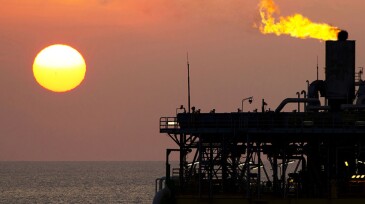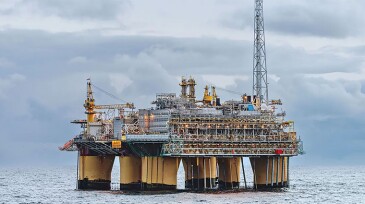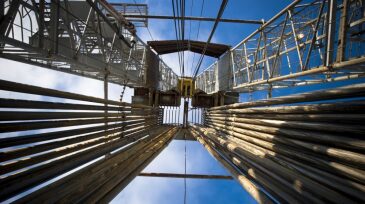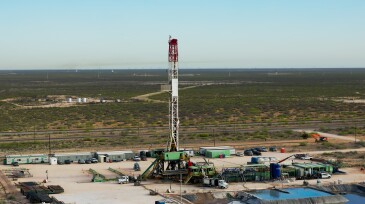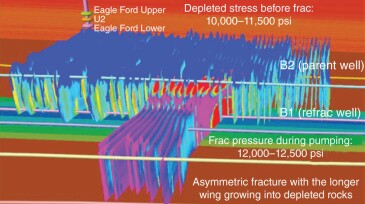shale oil
-
This study compares water-based chemicals including surfactants, nanoparticles, and ketones that can be used for enhancing the oil recovery of shale-oil reservoirs.
-
Secondary and tertiary efforts are critical for sustaining the productive lives of unconventional plays.
-
The new joint venture aims to apply US expertise to unlock Turkey's domestic unconventional resources, helping it to achieve its goal of energy independence and to become a regional hub and major exporter of LNG.
-
The authors write that, by wireline formation testing of a sandstone formation adjacent to a sand/shale laminated reservoir in the Weizhou shale-oil region of the Beibu Gulf, key reservoir information can be directly obtained.
-
Updates about global exploration and production activities and developments.
-
The third quarter marked the first reporting period that two publicly traded US oil and gas companies did not combine since 2022.
-
Rig counts are down since 2023, but well productivity is marching forward.
-
Bakken oil production surprised on the upside showing it can grow, but an encore is not expected this year.
-
This paper focuses on characterization of fracture hits in the Eagle Ford, methods to predict their effects on production, and mitigation techniques.
-
SponsoredQuickly identifing the right strategies for a well or pad can overcome operational challenges. These cost-effective and easy-to-use solutions help operators achieve improved production rates with less manpower.
Page 1 of 14




